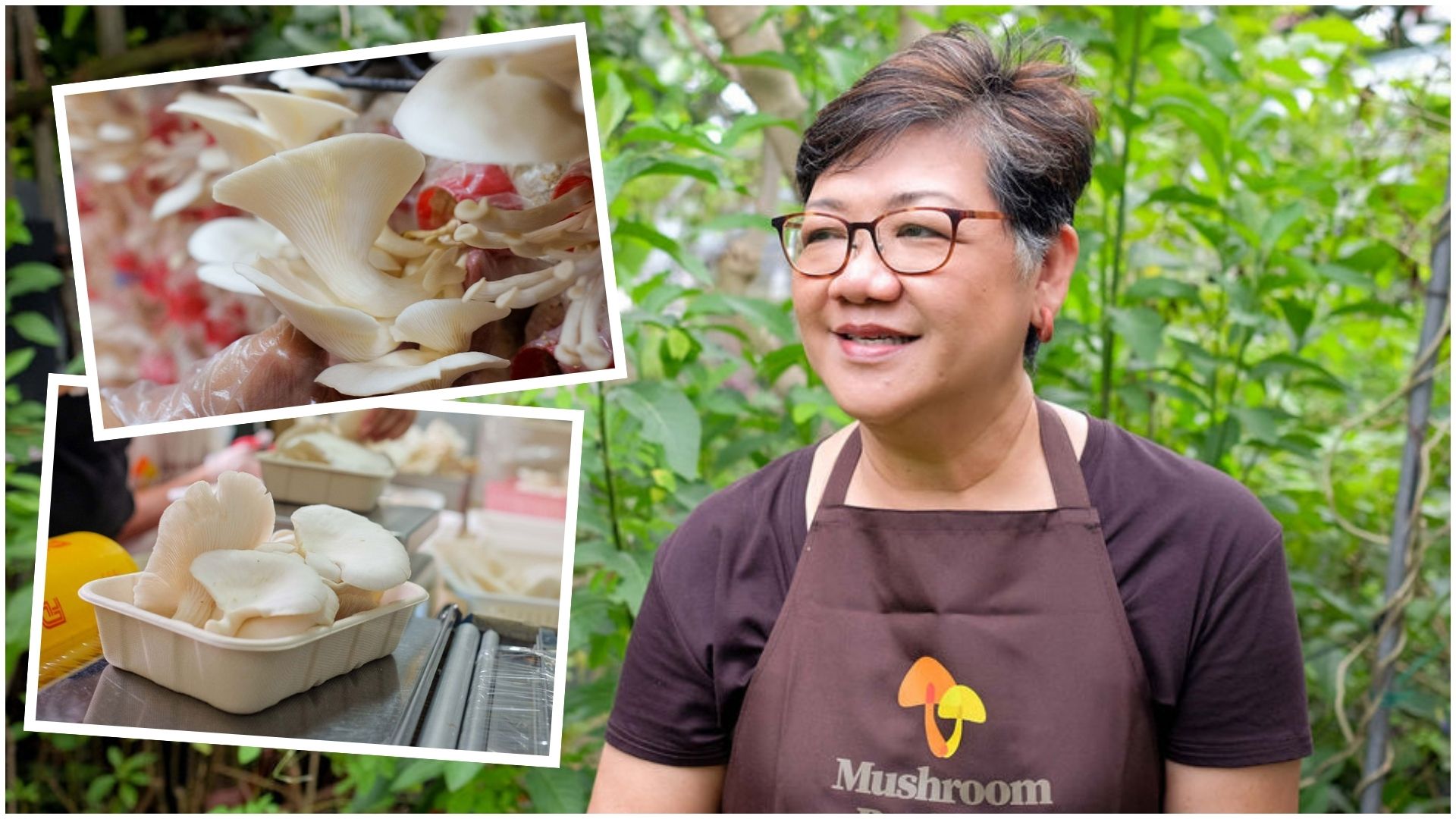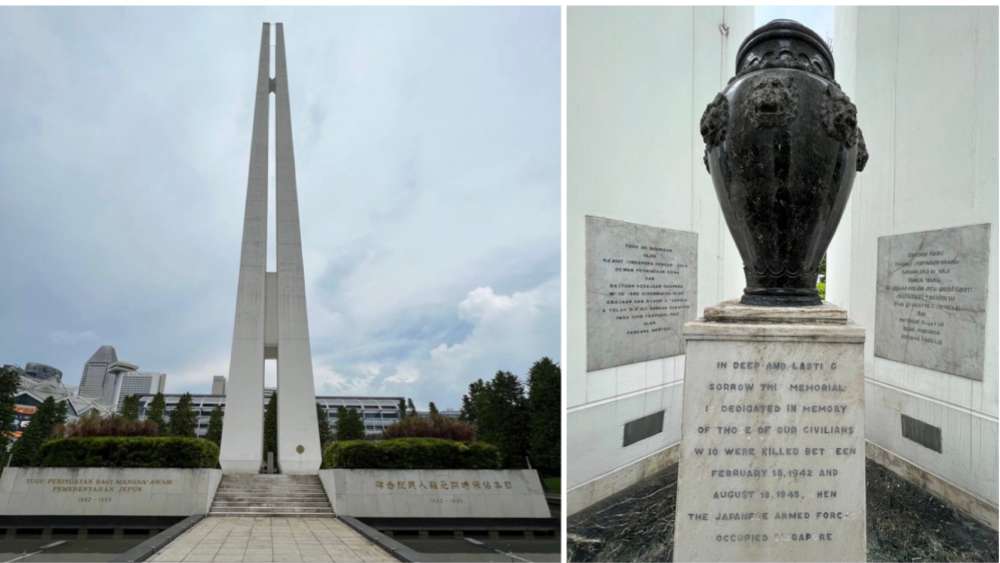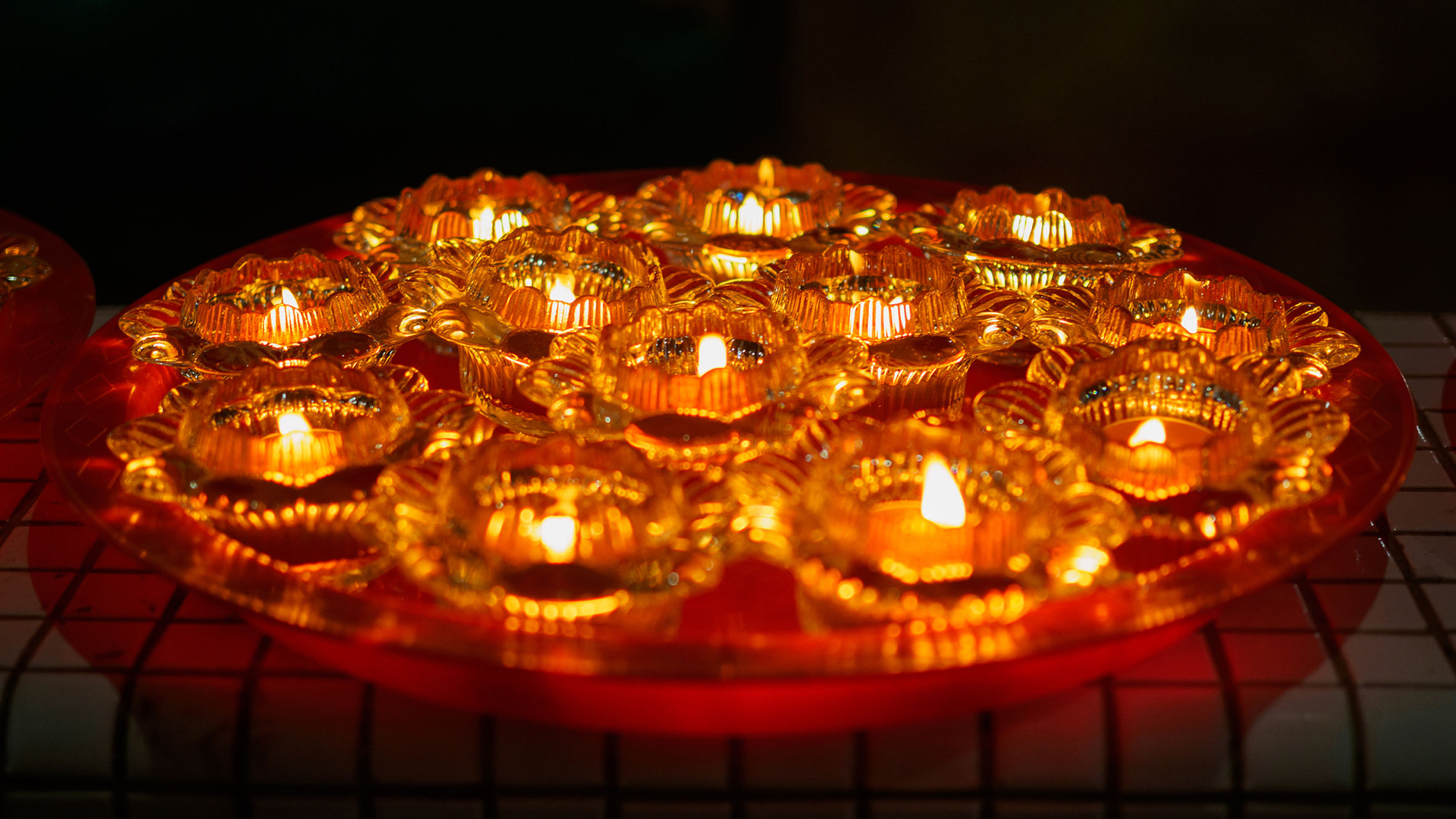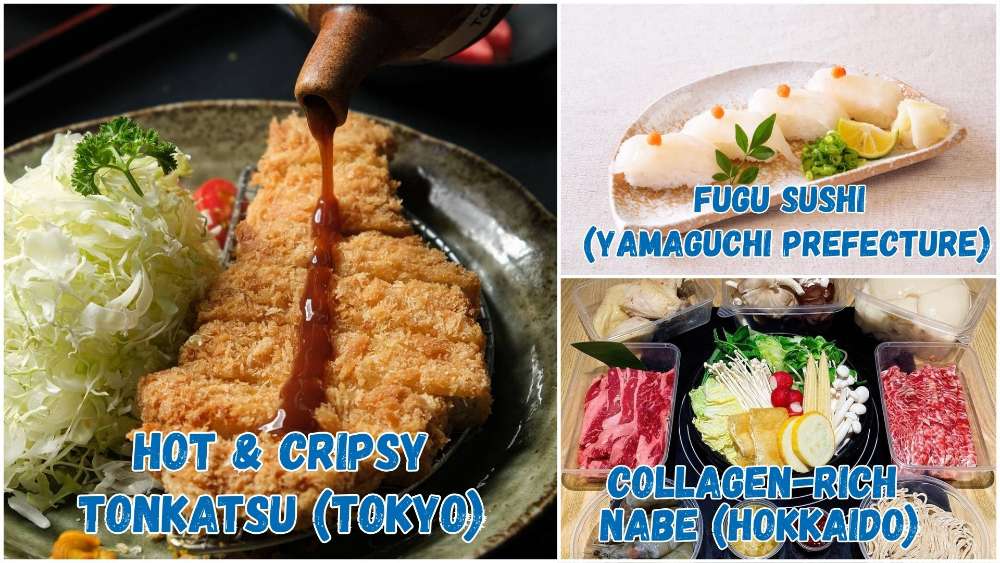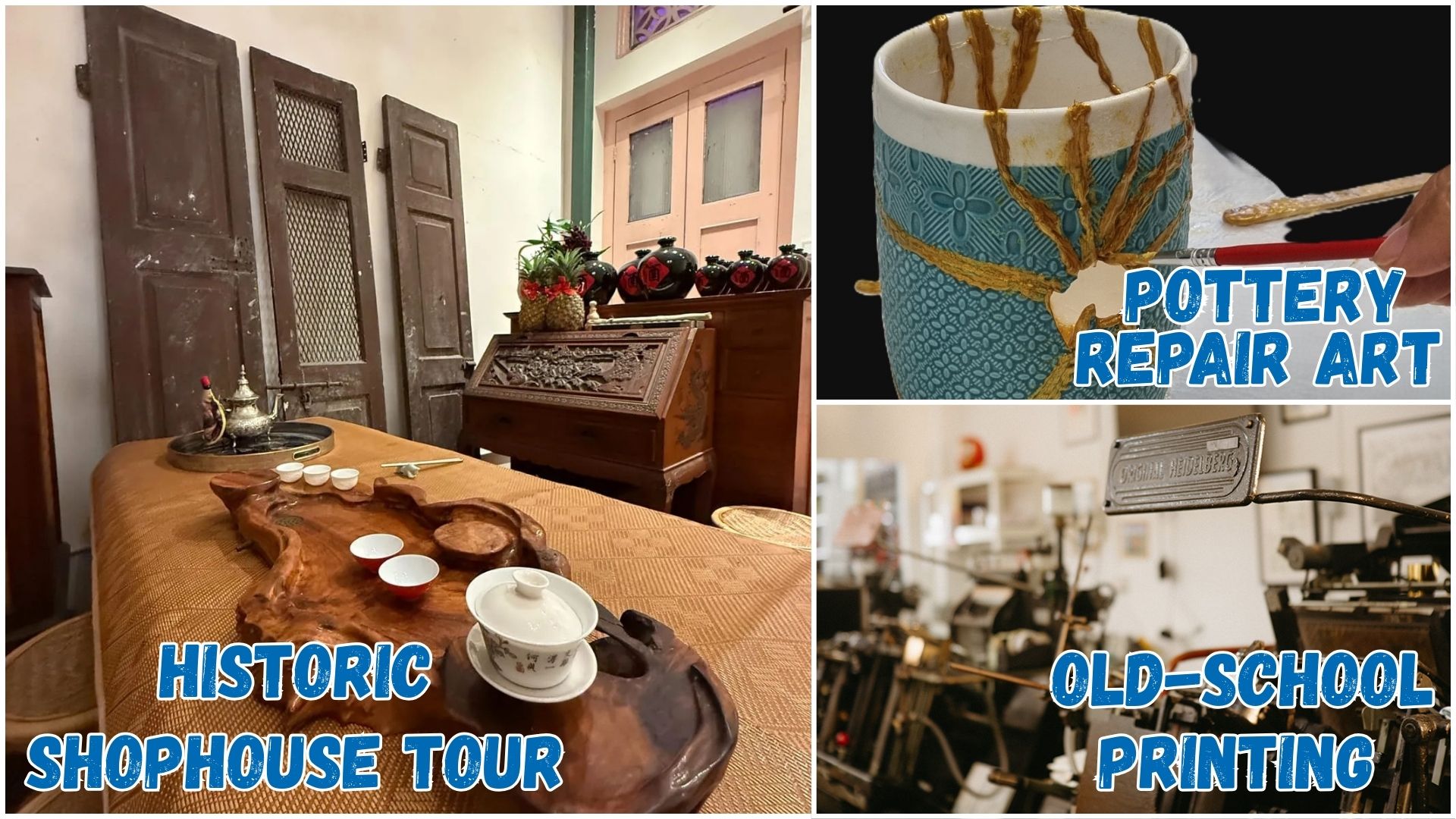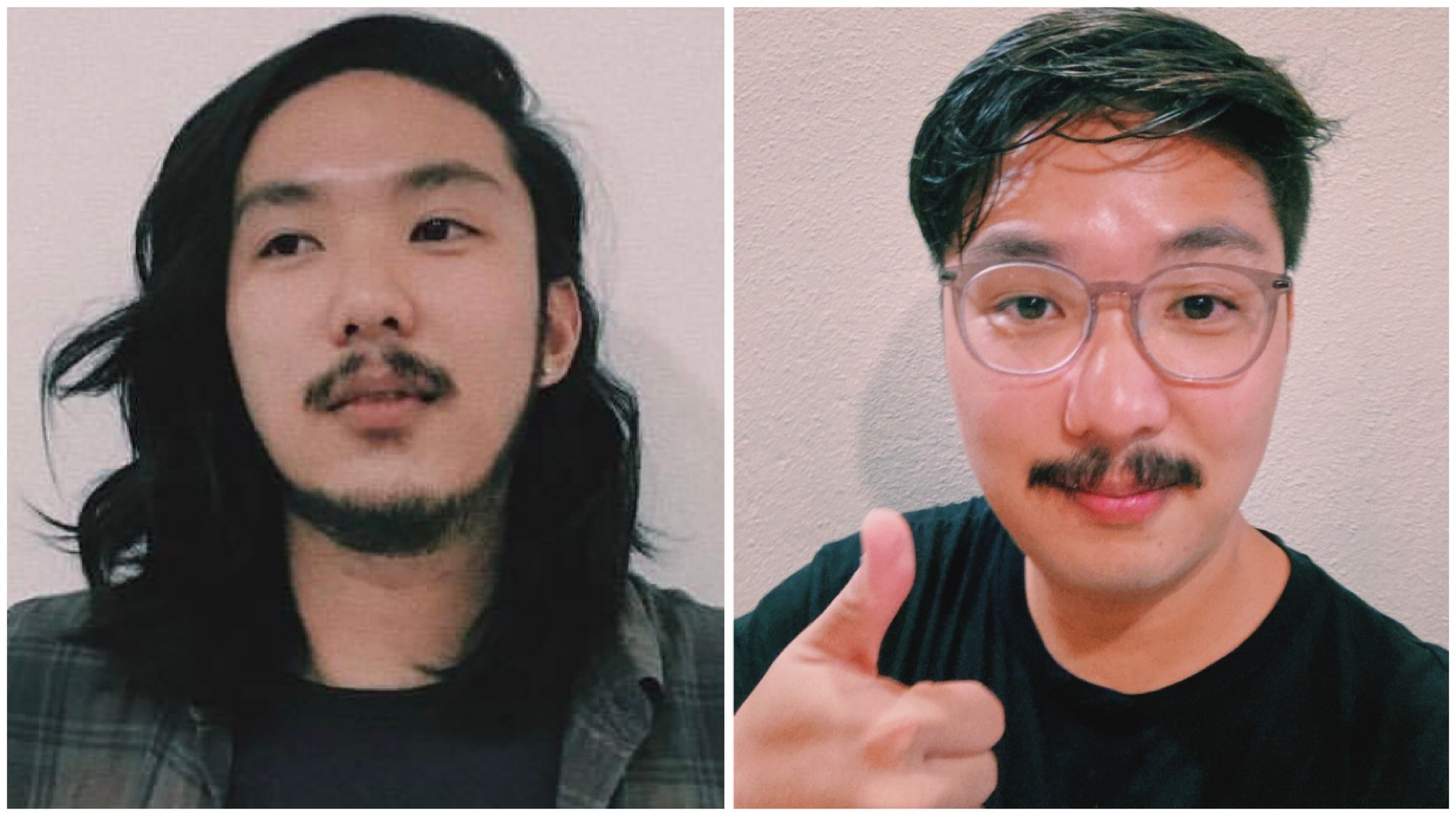More Than Just Another Public Holiday: Vesak Day And How It Is Observed
Today is Vesak Day, an important celebration for Buddhists all across Singapore. But are you aware of the history behind this public holiday, and why it's celebrated? Here's what you might not know about Vesak Day in Singapore.
1. Vesak Day is actually a birthday celebration
More specifically, this holy day celebrated by Buddhists marks the birth, enlightenment and death (Parinirvana) of the founder of Buddhism, the Gautama Buddha.
2. Vesak Day wasn't always a public holiday
It wasn't until 1955 that public petitions, led by the Singapore Buddhist Association, won out, making Vesak Day one of Singapore's official public holidays.
3. The significance of flowers, joss sticks and candles
Flowers, lit candles and lit joss sticks are common offerings made in temples on Vesak Day. These items are meant to serve as a reminder of the fleeting nature of life, as the candles and joss sticks will burn away while the flowers will wither.
4. Mahayana and Theravada Buddhists have different Vesak Day traditions
Most Chinese Buddhists in Singapore practise Mahayana ("Greater Way") Buddhism, which promotes the belief that nirvana is attained not just through self-perseverance but also with the help of bodhisattva, or "enlightened ones".
To commemorate Vesak Day, Mahayana Buddhists perform the "three-step, one-bow" ritual where they take steps on both knees, then prostrate themselves on every third step.
This ritual, which takes over 2 hours to complete, is intended to purify all three karmas (Mind, Body and Speech) at once. At the same time, the physically and mentally challenging aspects of the ritual remind devotees that determination can defeat any obstacle. The perseverance shown in completing the ritual also strengthens an individual's faith on his journey to enlightenment.
The other main branch of Buddhism in Singapore, Theravada ("Way of the Elders") Buddhism, is mainly practised by Singapore's Sri Lankan and Burmese Buddhist communities. Theravada Buddhism focuses on seeking one's own path to enlightenment.
During Vesak Day, Theravada Buddhists perform a ritual of cooking a pot of rice in milk, which symbolises the last meal Buddha took before his long fast on his journey to enlightenment.
5. Devotees perform good deeds as part of the celebrations
Buddhists believe that doing good deeds on Vesak Day will give them personal merit multiplied several times over. As such, much of the day is spent performing acts of kindness and compassion known as dana, such as blood donations and sharing meals with the less fortunate.
6. Bathing of the Buddha
Another traditional ritual during Vesak Day is the "bathing" of the Buddha. Small pools or basins are decorated with flowers while containing a small statue of the child Siddhartha (Buddha before he achieved enlightenment). Devotees then scoop ladles of water from the basin and pour them over the statue, in remembrance of the legend that the infant price was showered with the waters of nine dragons shortly after he was born.
7. No meat allowed
As an act of purity on Vesak Day, only vegetarian food is available in temples. Worshippers are likewise encouraged to partake solely in vegetarian meals for the day.
8. Animals traditionally play an important role
Releasing caged birds and other animals is a traditional practice during Vesak Day, serving as a symbol of liberation. However, in recent years, the practice has waned due to greater concerns about eco awareness.
Both the National Parks Board and the Buddhist Fellowship have advised against this practice as tame animals might not survive in the wild, while those which do survive may upset the natural ecosystem.
For the latest updates on Wonderwall.sg, be sure to follow us on Facebook and Instagram. If you have a story idea for us, email us at [email protected].
